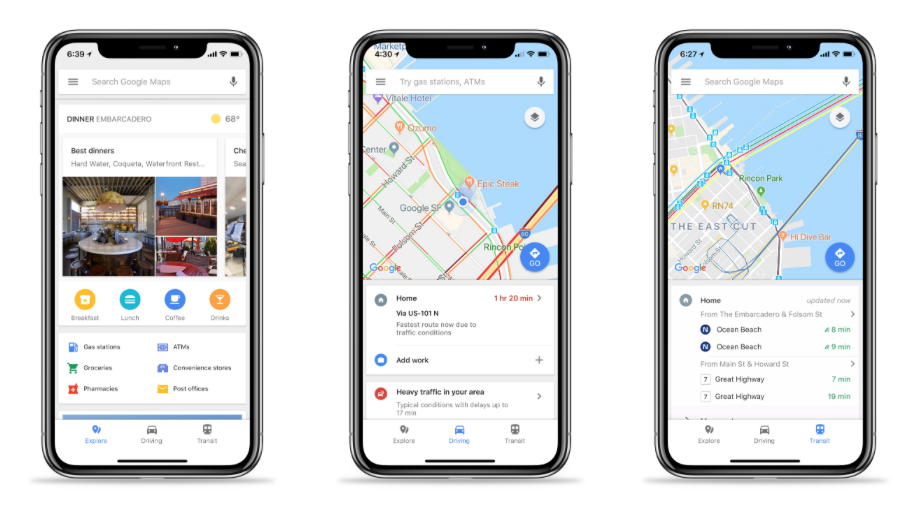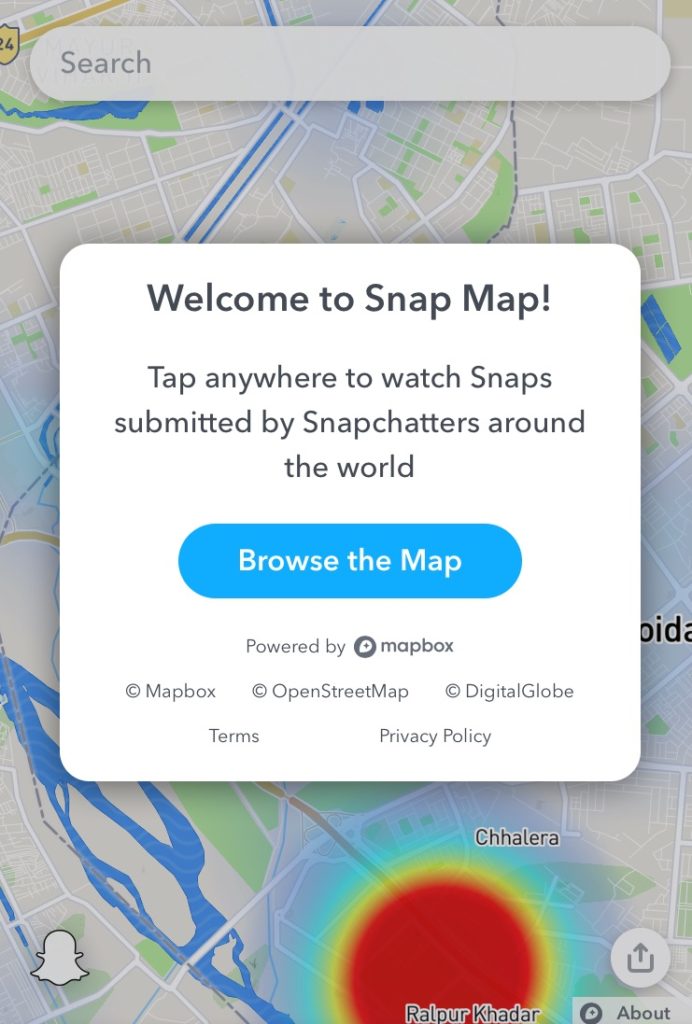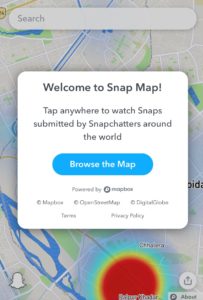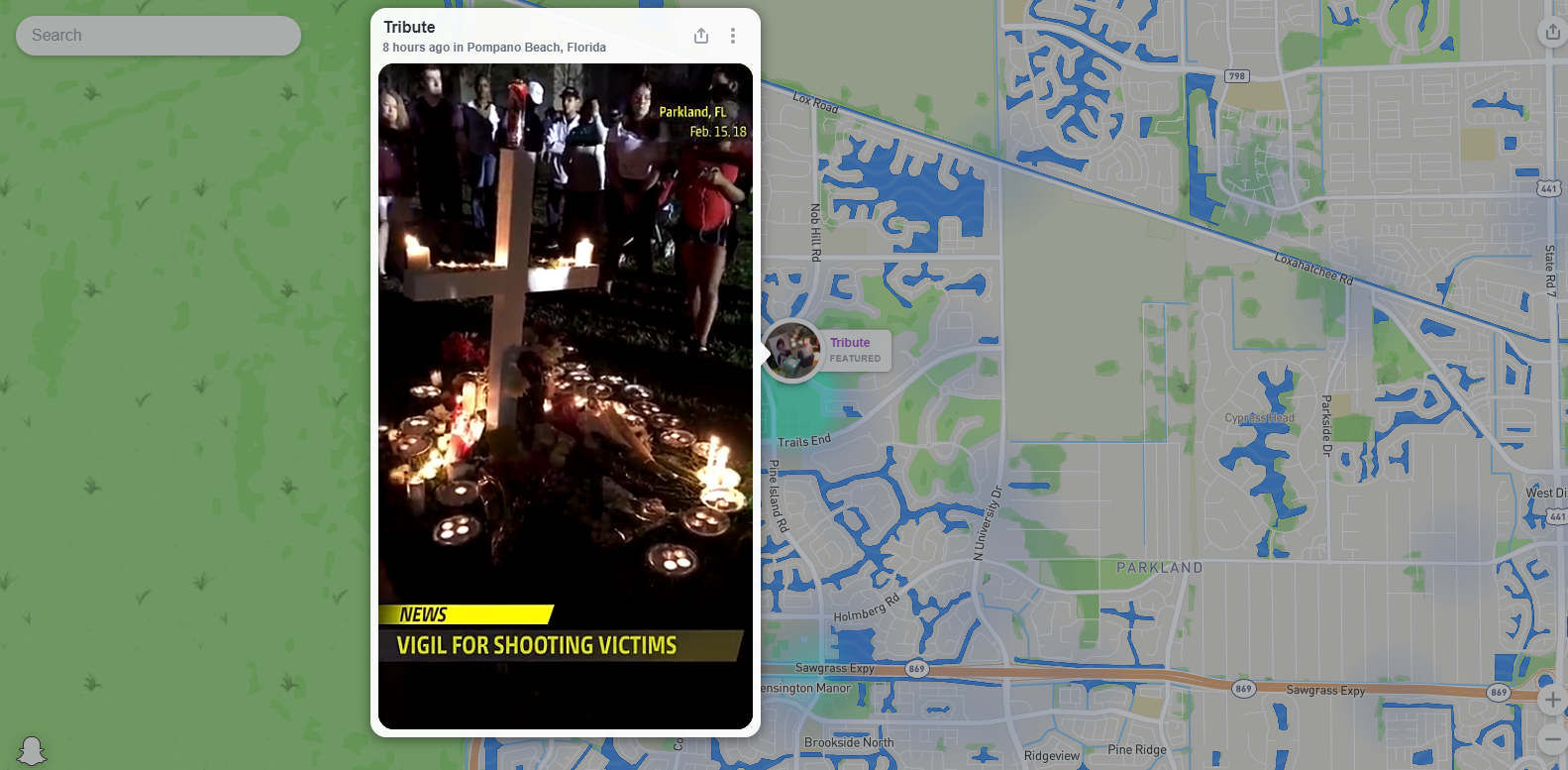
How to get real-time, personalized info on Google Maps for iOS

Nobody likes to be late for a meeting or event. And when you’re on the go, juggling between different apps for essential information like where to grab a quick bite or which bus to catch could become very annoying. But with real-time, personalized commuter information on Google Maps, getting around has become easier than ever.
If you have the latest version of Google Maps, just swipe up at the bottom of the screen and you will see three tabs: the explore tab, driving tab, and transit tab. These tabs are hyper-useful and pack in a ton of information to help you explore the world around you more efficiently. While Android users may be familiar with this facility because they have enjoyed it for over a year now, the feature has just been rolled out for iOS devices. Let’s see how it works…

Explore tab
This is where you will find nearby dining options. There are curated lists of places to eat, like business restaurants or budget diners. Other useful everyday spots like shopping marts, ATMs, florists, pharmacies, etc., are also listed under this tab. You can see pictures of the neighboring areas and even read their short description to familiarize yourself.
Driving tab
If you have saved your home and work locations on Google Maps, this tab will give you real-time ETAs and traffic updates. It even gives you an option to get real-time traffic info without turn-by-turn directions, which comes in quite handy when you’re on your usual route.
Transit tab
If you use public transport to get around, this tab is going to become your best friend. Simply save your home and work locations and leave the rest to Google Maps. You will see recommendations for which bus or train to take, and the time it will take for you to arrive at work or home. Headed to another location? You can find out when the next bus or train is coming to the nearby transit point, and never sprint to catch one again!







